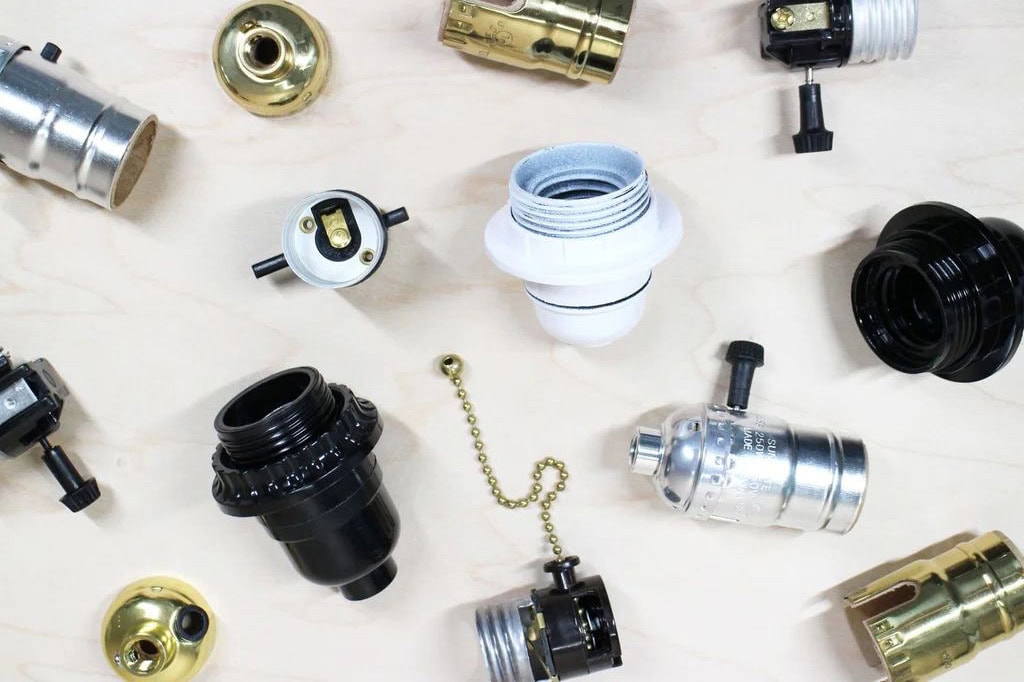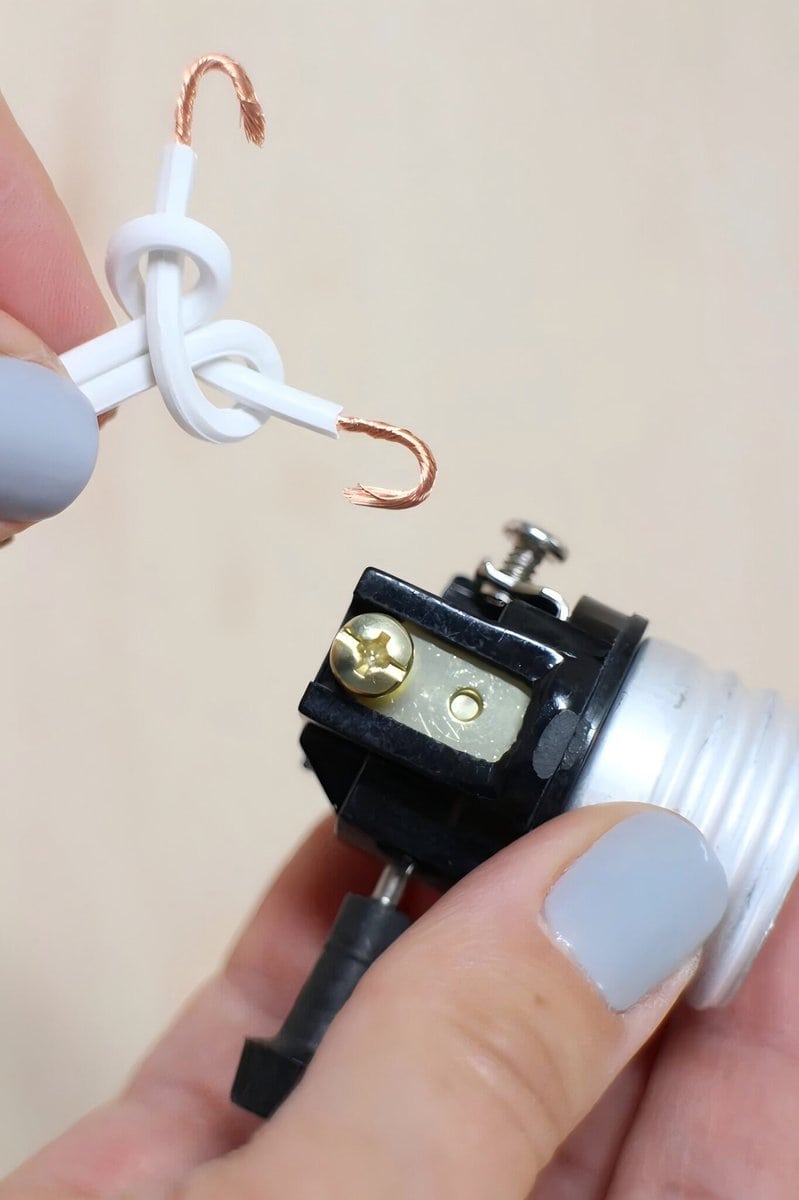Touching a live light socket can give you a pretty good jolt. It can give you a burn. It could potentially kill you. People tend to not take it seriously. You need to understand the dangers of touching a live light socket to be safe around open sockets and electrical fixtures.
Yes, touching a live light socket is dangerous. It can give you a serious shock. It can give you a burn. It can potentially kill you.
Most people don’t think twice about changing a lightbulb or working near a light socket, but the electrical potential in sockets, especially live ones, can be harmful. To understand the risks and precautions, let’s examine the dangers of live sockets, factors that increase shock risk, and ways to protect yourself.

How Light Sockets Work and Their Electrical Output
A light socket holds the bulb in place, providing a secure connection to the electrical circuit. When you twist a light bulb into the socket, the circuit is completed, allowing electricity to flow through the bulb and produce light. The voltage in common sockets varies by region, with 120 volts standard in North America and 220 volts in Europe and other parts of the world. This flow of electricity in a live socket is enough to cause electric shock, even when there’s no bulb in the socket.
There are different types of sockets, such as the E26 and E27 Edison screw types, but all conduct enough electricity to cause harm when live. For example, medium base sockets, like E26, are rated for up to 250 volts, posing significant risk if accidentally touched. Even though most household sockets are designed for safety, especially those with ceramic or plastic components, they still present a serious risk if touched when live.
Why Touching a Live Light Socket Is Dangerous
The human body is a natural conductor of electricity, meaning electricity flows through it easily. When you touch a live socket, the electrical current has a pathway through your body, leading to a range of possible injuries. Electric shock from a socket can cause immediate symptoms, including muscle spasms, intense burning sensations, and numbness. Even a brief contact can leave burns on the skin, while longer exposure or higher current levels can cause deeper, more painful burns.
More severe consequences may arise from contact with certain levels of current. For instance, currents as low as 50 mA can cause heart arrhythmias, while currents above 100 mA can be fatal. The impact depends on the voltage, current, and duration of exposure. Beyond burns and shock, an electric jolt can even cause nerve damage or unconsciousness, depending on the body’s resistance and exposure.

Factors That Increase the Risk of Shock from a Light Socket
Several factors make accidental contact with a light bulb socket even more dangerous. Moisture, for example, is a major risk factor, as water conducts electricity. When your skin is wet, it increases conductivity, allowing more current to flow through your body if you touch a live socket. Bathrooms, kitchens, and outdoor areas, where water is often present, are particularly risky for accidental socket contact.
Socket quality and age also contribute to risk. Older sockets may lack proper insulation, and damaged or cracked sockets leave conductive components exposed, making it easy for electricity to escape. In older buildings, fixtures without updated insulation or safety features increase the likelihood of electric shock. Finally, inadequate protective measures, like missing or damaged plastic covers, increase the chances of accidental contact in everyday scenarios.
Safety Precautions Around Light Sockets
Practicing safety around light sockets is vital to avoid accidental contact. Basic socket safety includes ensuring power is off before changing bulbs and checking that socket insulation is intact. One easy safety measure is to cover unused sockets with plastic safety covers, which prevents accidental touch and dust buildup. Additionally, always use light bulbs designed for the voltage rating of your socket to reduce any risk of circuit overload.
Regular maintenance is another key to preventing accidents. Inspect sockets frequently, especially in areas with heavy use, to check for cracks or corrosion. If you notice a socket is loose, cracked, or showing signs of wear, consider replacing it or calling a professional electrician. High-moisture areas like bathrooms or outdoor fixtures should be equipped with Ground Fault Circuit Interrupter (GFCI) outlets, which automatically shut off power if they detect a ground fault. Moisture-resistant fixtures are especially useful in such areas, as they offer added protection.

First Aid Measures for Electric Shock
If you or someone else accidentally touches a live socket, knowing immediate first aid steps is essential. First, make sure the person is no longer in contact with the live source—never touch them directly if they’re still connected, as the current can pass through you as well. Instead, turn off the power at the breaker or use a non-conductive object to push them away from the socket. Check for breathing and pulse, and if they’re unresponsive, call emergency services right away.
In severe cases where breathing has stopped, CPR may be necessary until professional help arrives. Burns from electric shock should be treated by running cold water over the affected area to cool the skin and reduce pain. After stabilizing the person, it’s important to address the cause of the shock to prevent future accidents. If the shock was due to a damaged socket, replace or repair it promptly. Understanding proper first aid procedures not only prevents further harm but also saves lives.
Final Words:
Touching a live light socket is dangerous. It can give you a pretty good jolt. It can give you a burn. It could potentially kill you. People tend to not take it seriously. You need to know the dangers of touching a live lamp socket to be safe around open sockets and electrical fixtures.













